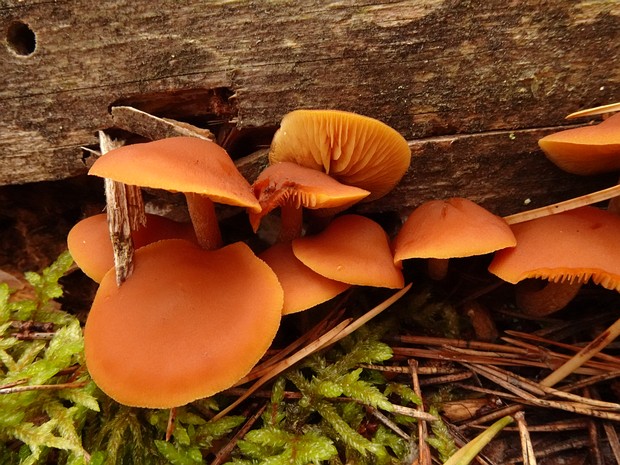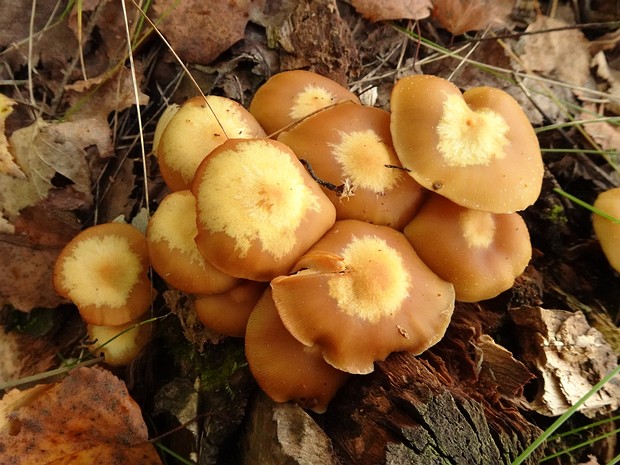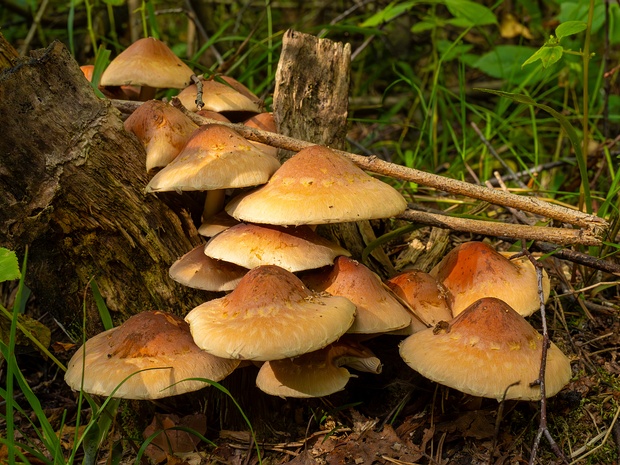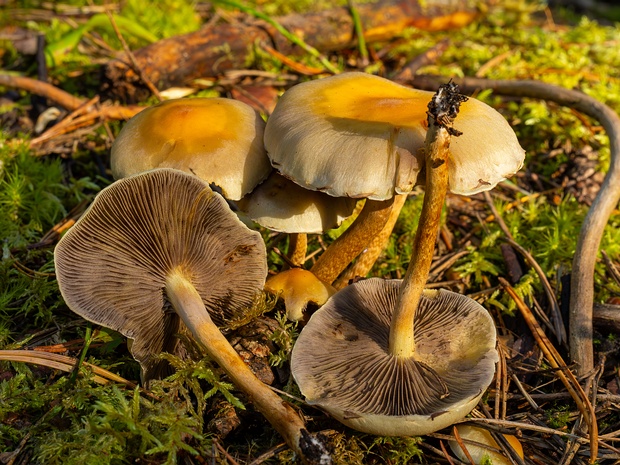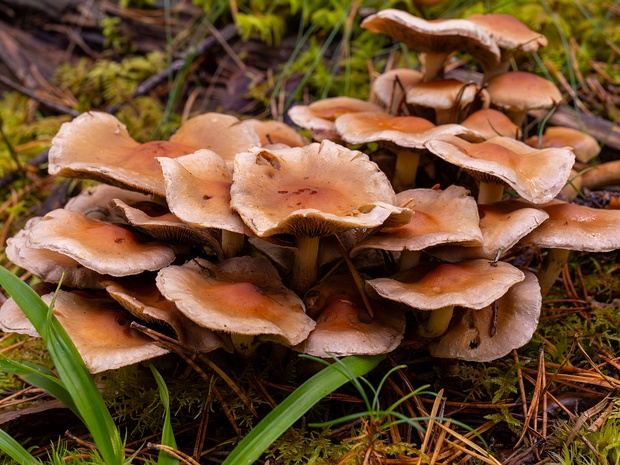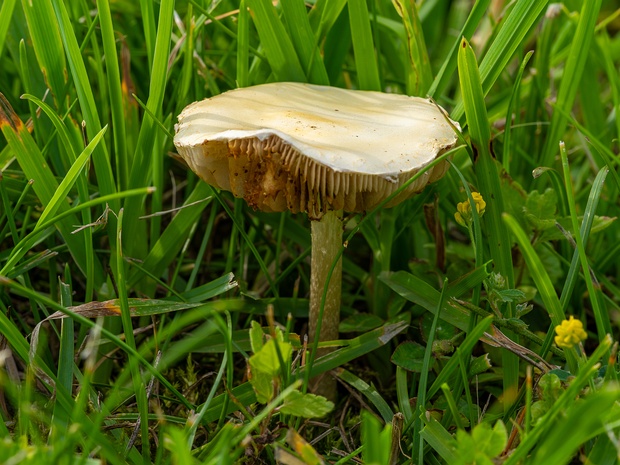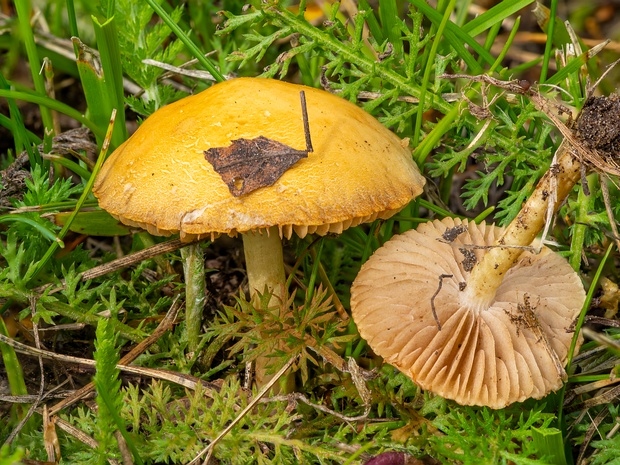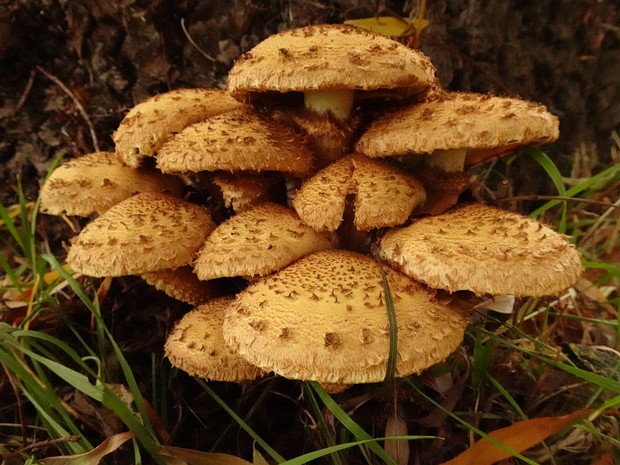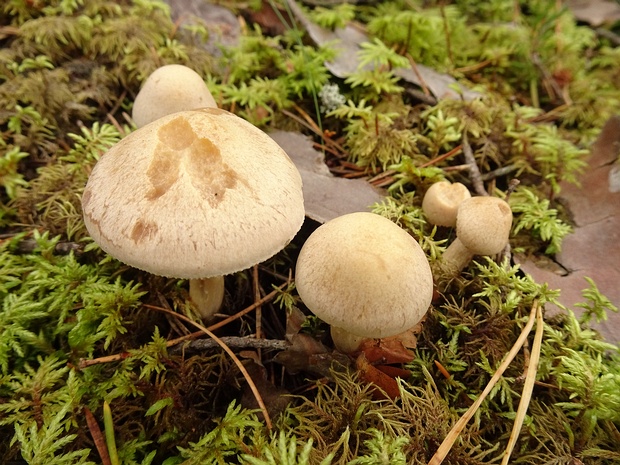
Полёвка твёрдая - Agrocybe dura
10 images
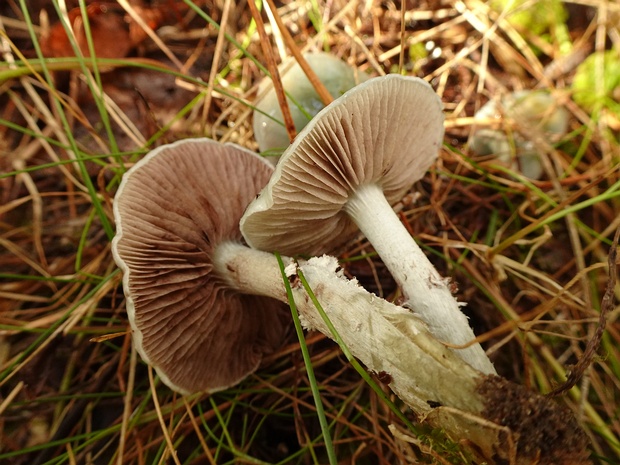
Stropharia pseudocyanea - Строфария ложно-синяя - False Blue Roundhead - Falscher Blauer Träuschling
Stropharia pseudocyanea, also known as the False Blue Roundhead or Falscher Blauer Träuschling in German, is a medium-sized mushroom belonging to the family…
26 images
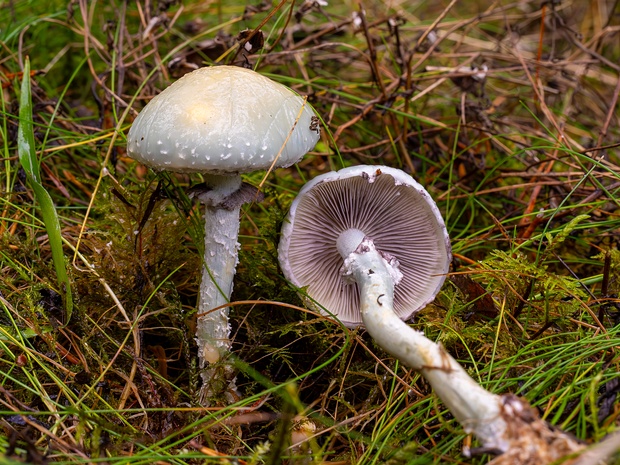
Stropharia aeruginosa - Строфария сине-зелёная - Verdigris Agaric - Grünspan-Träuschling
Stropharia aeruginosa, also known as the Verdigris Agaric or Grünspan-Träuschling in German, is a small to medium-sized mushroom species in the family…
39 images
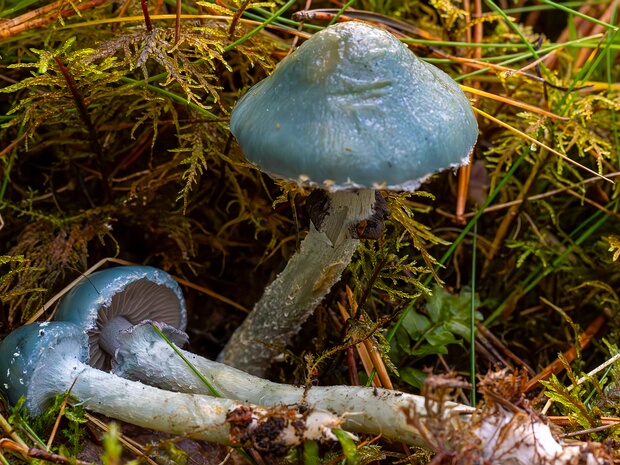
Stropharia caerulea - Строфария синяя - Blue Roundhead - Blaue Träuschling
Stropharia caerulea, commonly known as the Blue Roundhead or Blaue Träuschling in German, is a small to medium-sized mushroom in the family Strophariaceae. The…
17 images
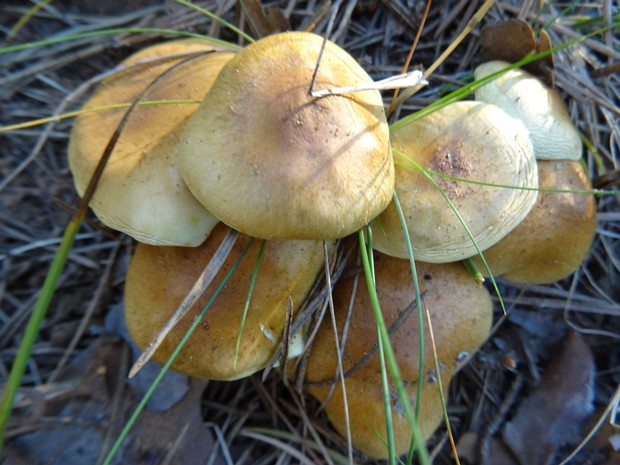
Pholiota spumosa - Чешуйчатка боровая - Foamy Scalycap - Schaumiger Schüppling
Pholiota spumosa, commonly known as the Foamy Scalycap or Schaumiger Schüppling in German, is a medium-sized mushroom species belonging to the Strophariaceae…
14 images
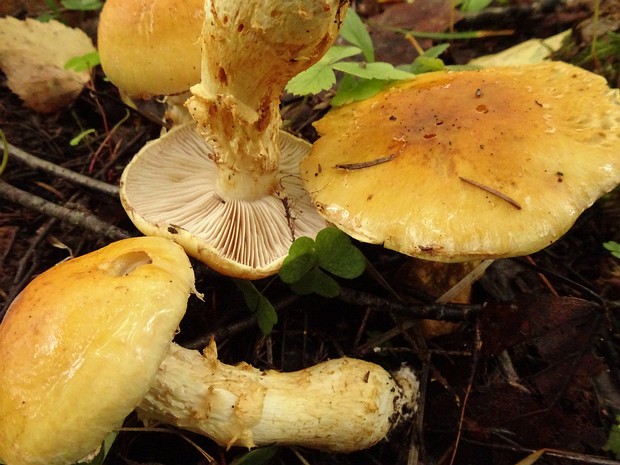
Pholiota aurivella - Чешуйчатка золотистая - Golden Scalycap - Goldschuppiger Schüppling
Pholiota aurivella, commonly known as the Golden Scalycap or Goldschuppiger Schüppling in German, is a medium-sized mushroom species belonging to the…
9 images
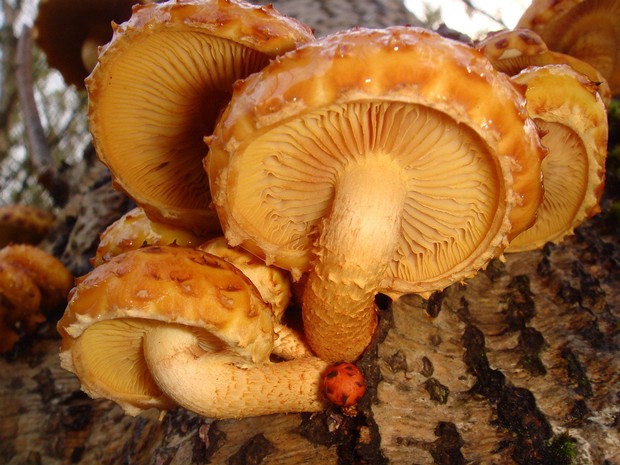
Pholiota adiposa - Чешуйчатка золотисто-жёлтая - Golden Pholiota - Goldgelber Schüppling
Pholiota adiposa, commonly known as the Golden Pholiota or Goldgelber Schüppling in German, is a medium-sized mushroom species belonging to the Strophariaceae…
34 images
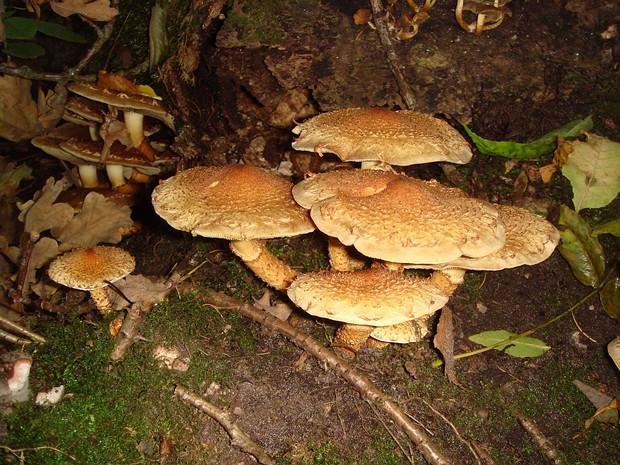
Pholiota gummosa - Чешуйчатка камеденосная - Sticky Scalycap - Klebriger Schichtpilz
Pholiota gummosa, commonly known as the Sticky Scalycap or Klebriger Schichtpilz in German, is a medium-sized mushroom species belonging to the Strophariaceae…
4 images
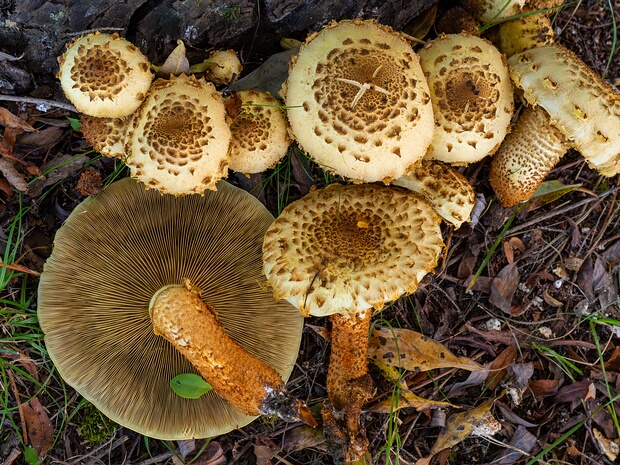
Pholiota squarrosa - Чешуйчатка обыкновенная - Shaggy Pholiota - Schuppige Schichtpilz
Pholiota squarrosa, commonly known as the Shaggy Pholiota or Schuppige Schichtpilz in German, is a medium-sized mushroom species belonging to the Strophariaceae…
71 images
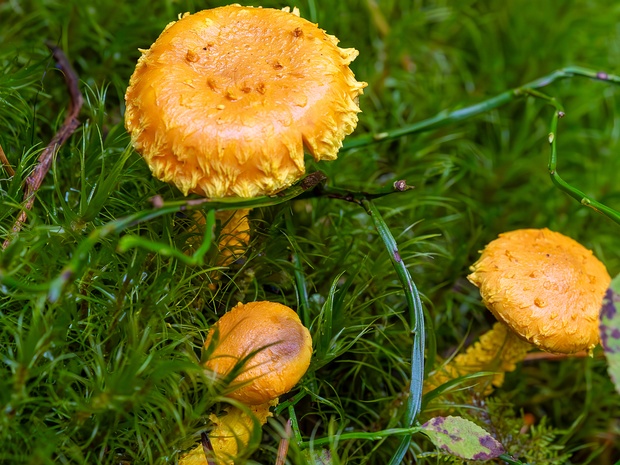
Pholiota flammans - Чешуйчатка огненная - Flaming Pholiota - Feuer-Schuppiger Schichtpilz
Pholiota flammans, commonly known as the Flaming Pholiota or Feuer-Schuppiger Schichtpilz in German, is a medium-sized mushroom species belonging to the…
17 images
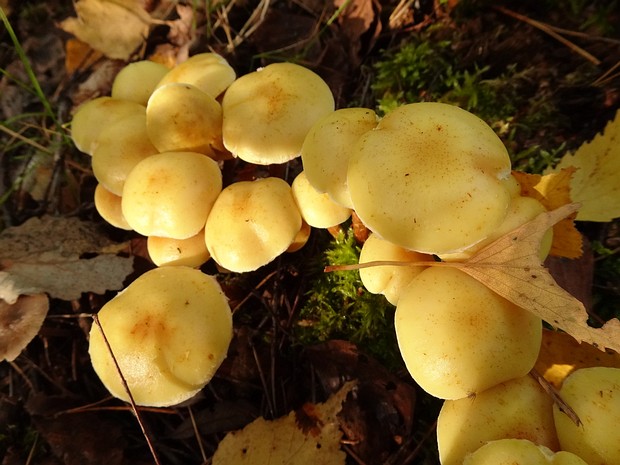
Pholiota alnicola - Чешуйчатка ольховая - Alder Pholiota - Erlen-Schuppiger Schichtpilz
Pholiota alnicola, commonly known as the Alder Pholiota or Erlen-Schuppiger Schichtpilz in German, is a medium-sized mushroom species belonging to the…
23 images
